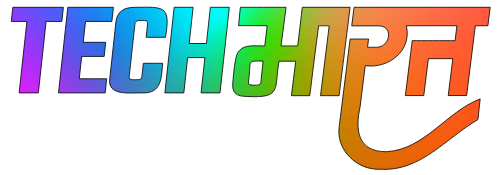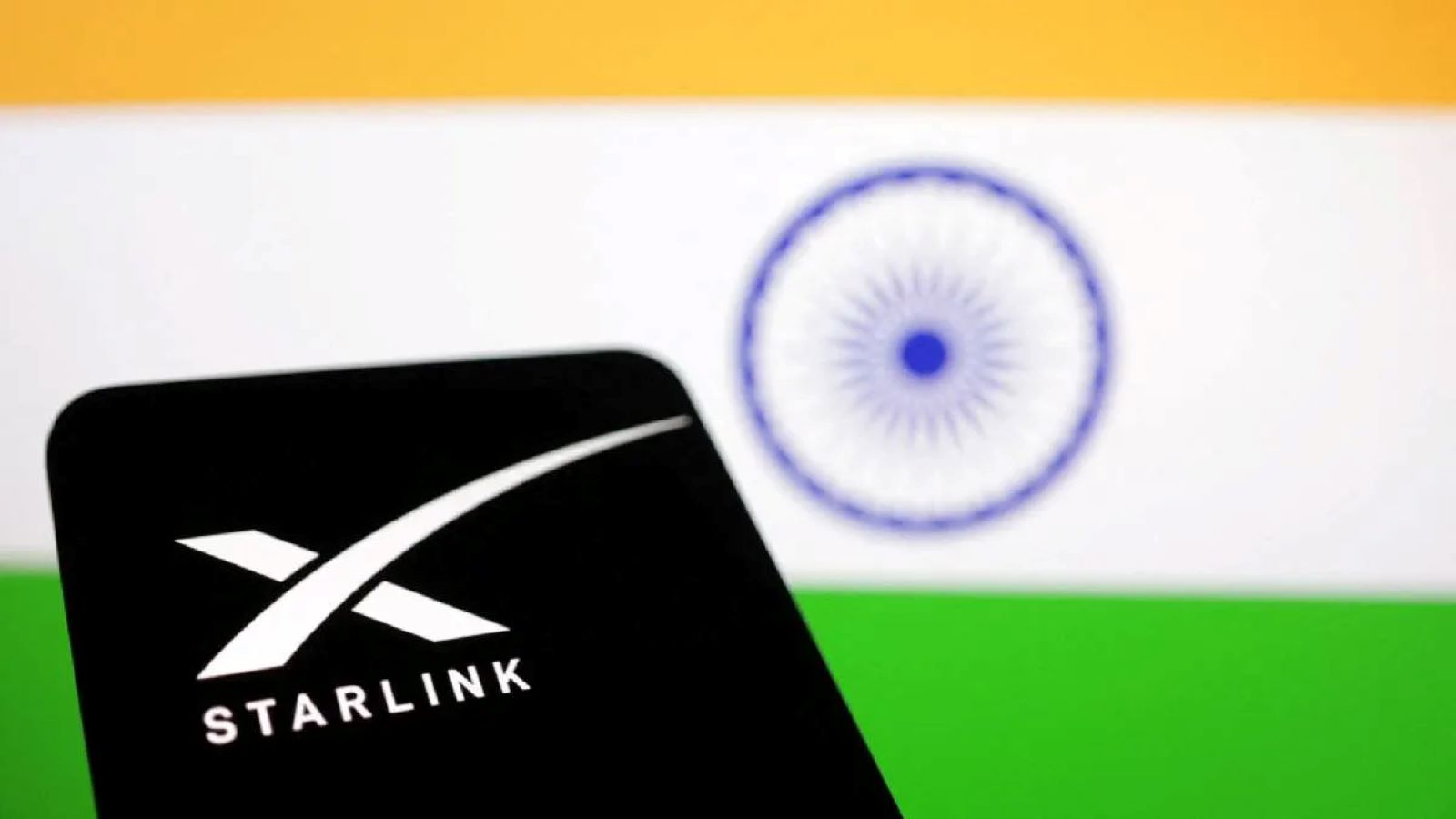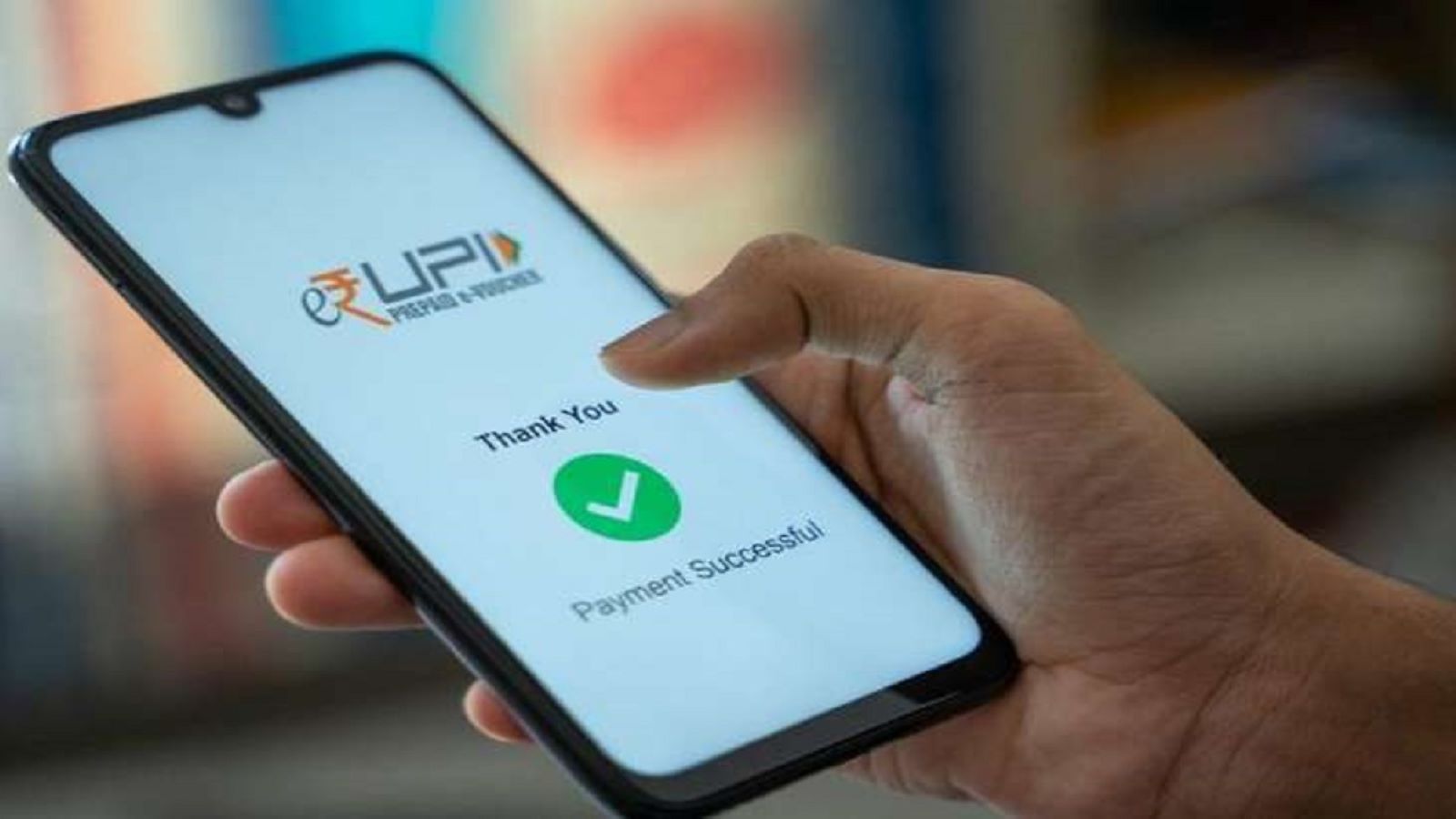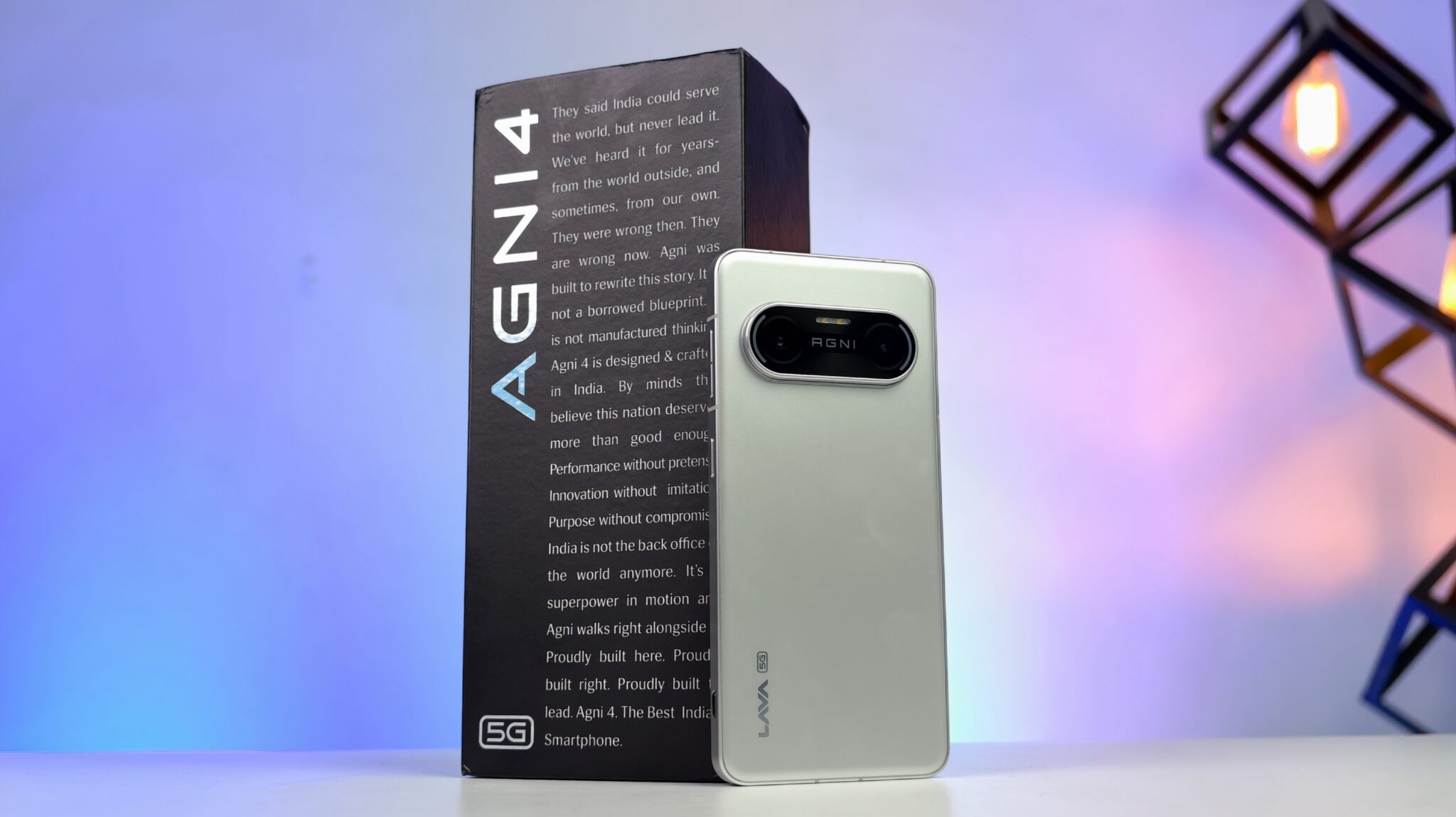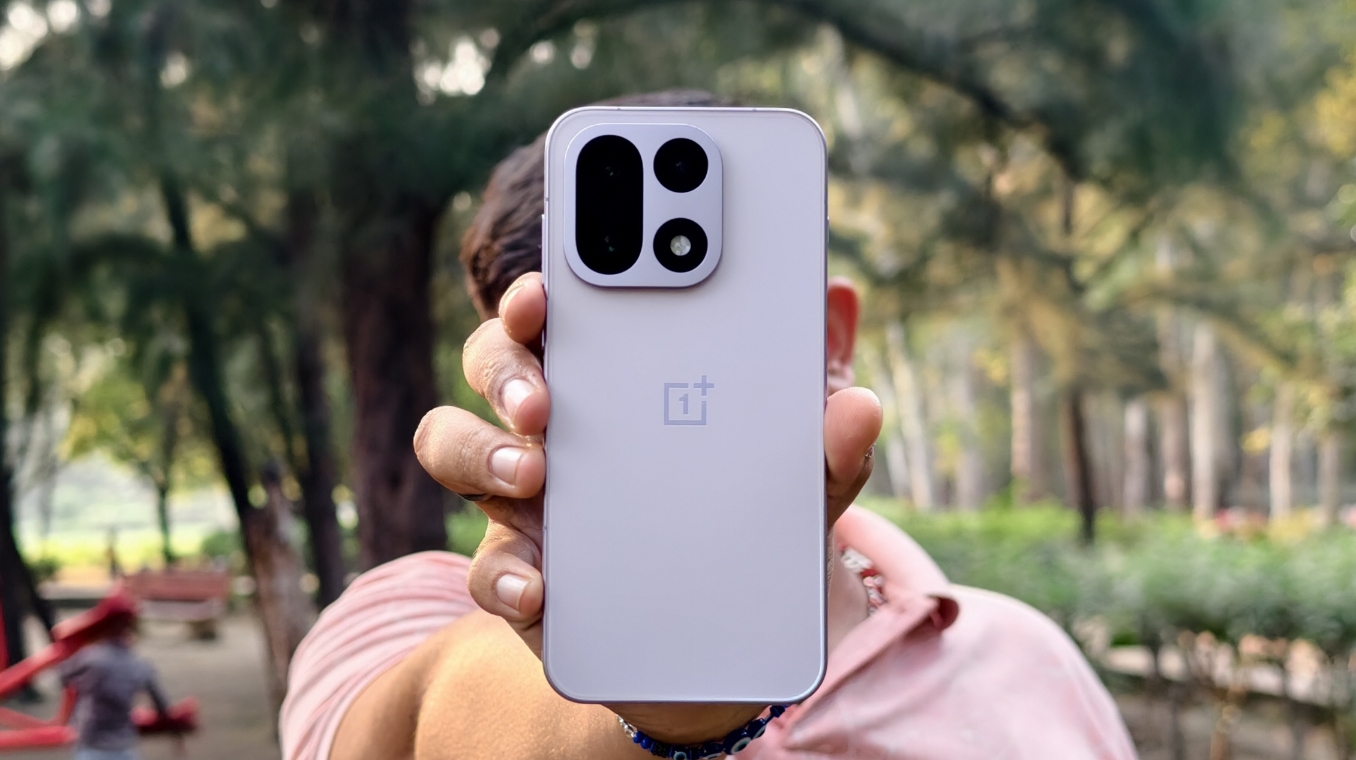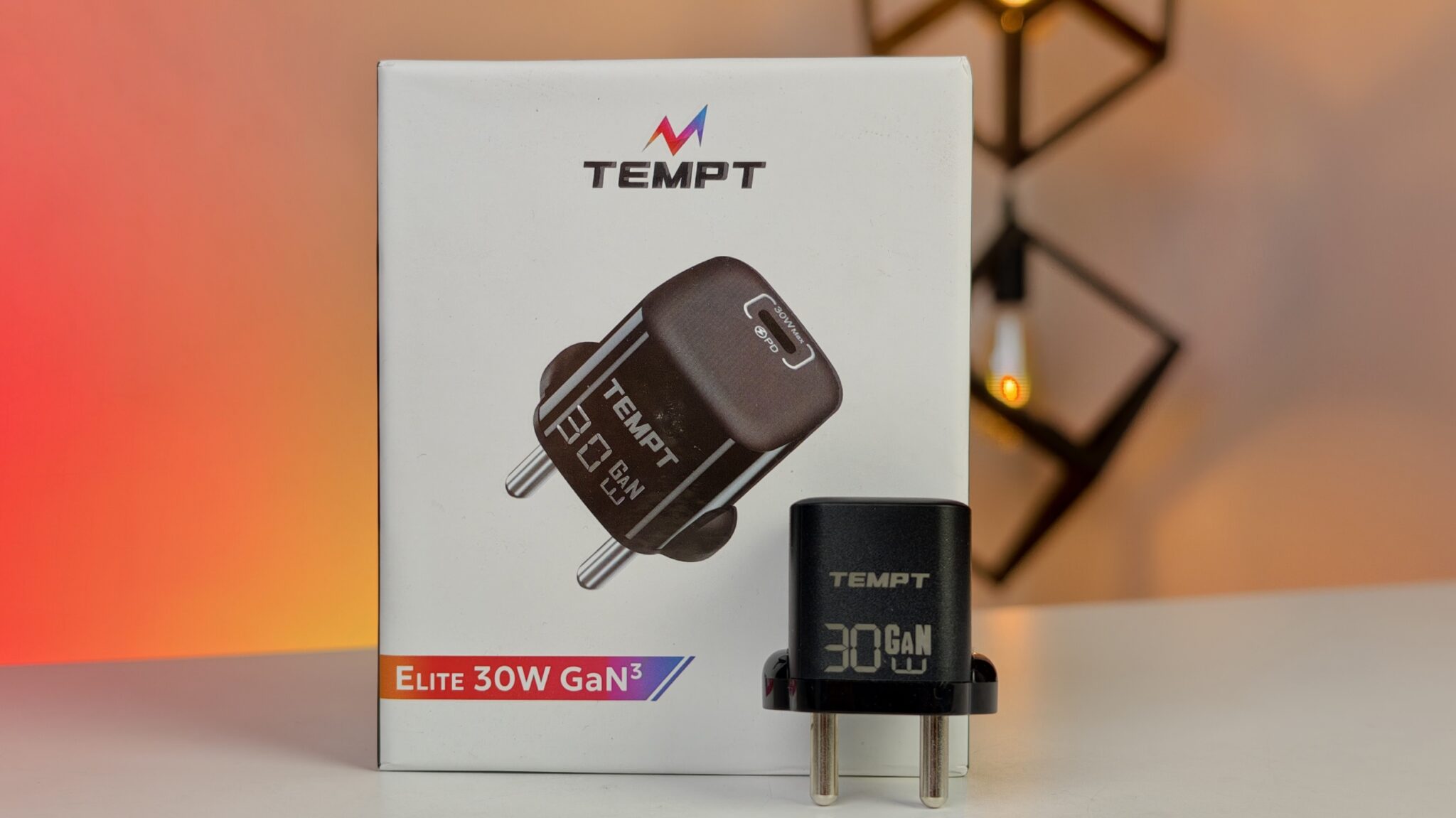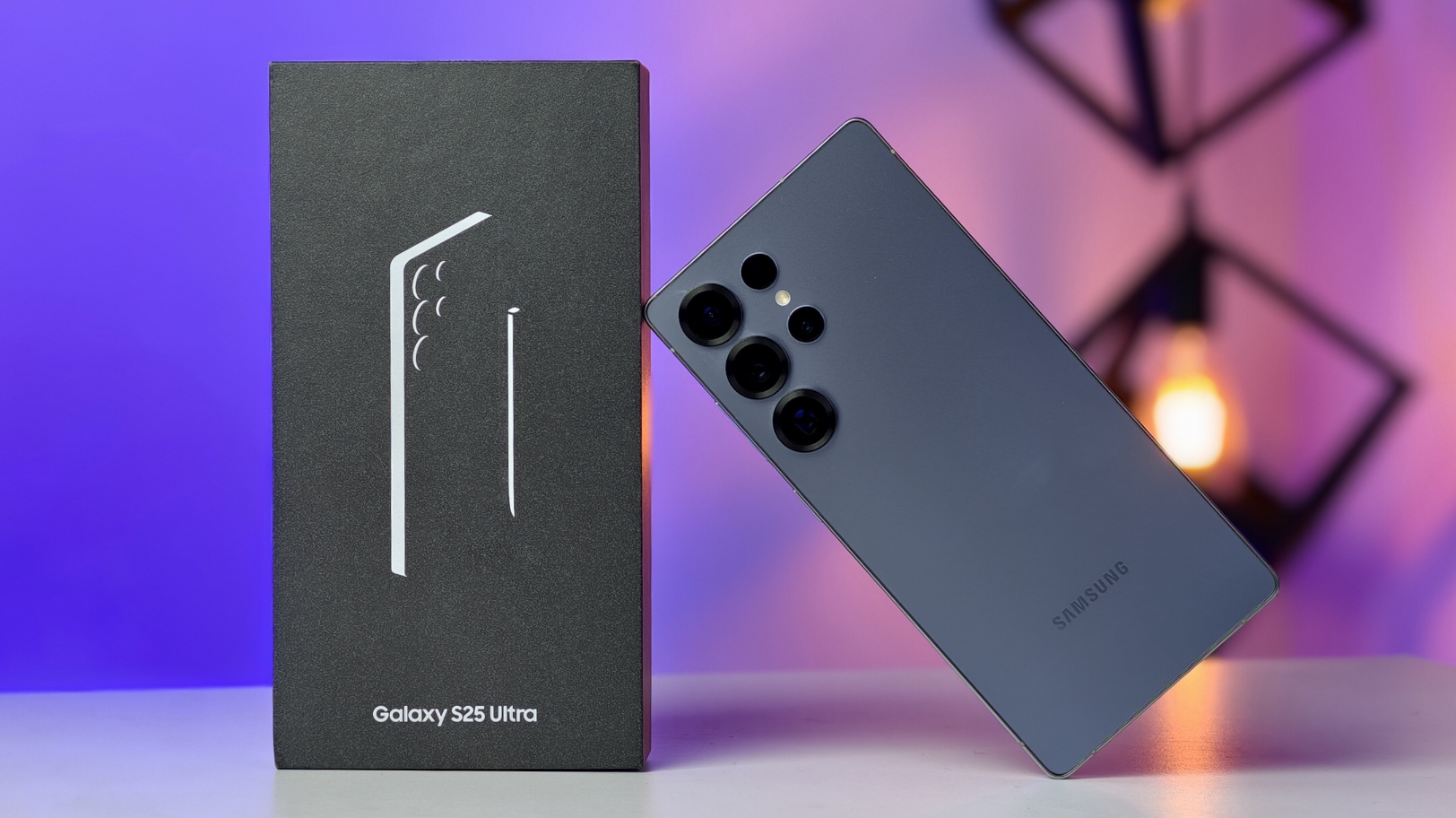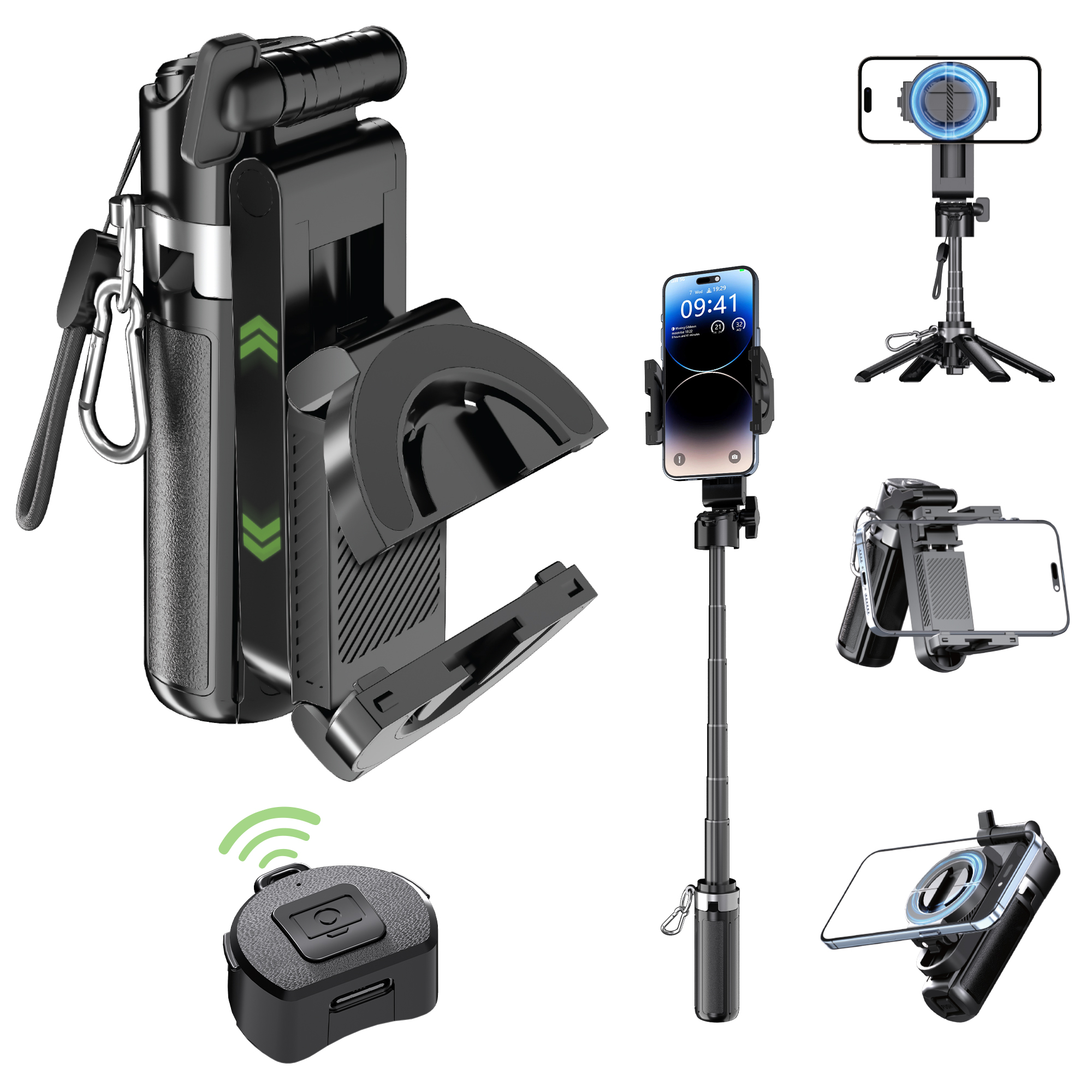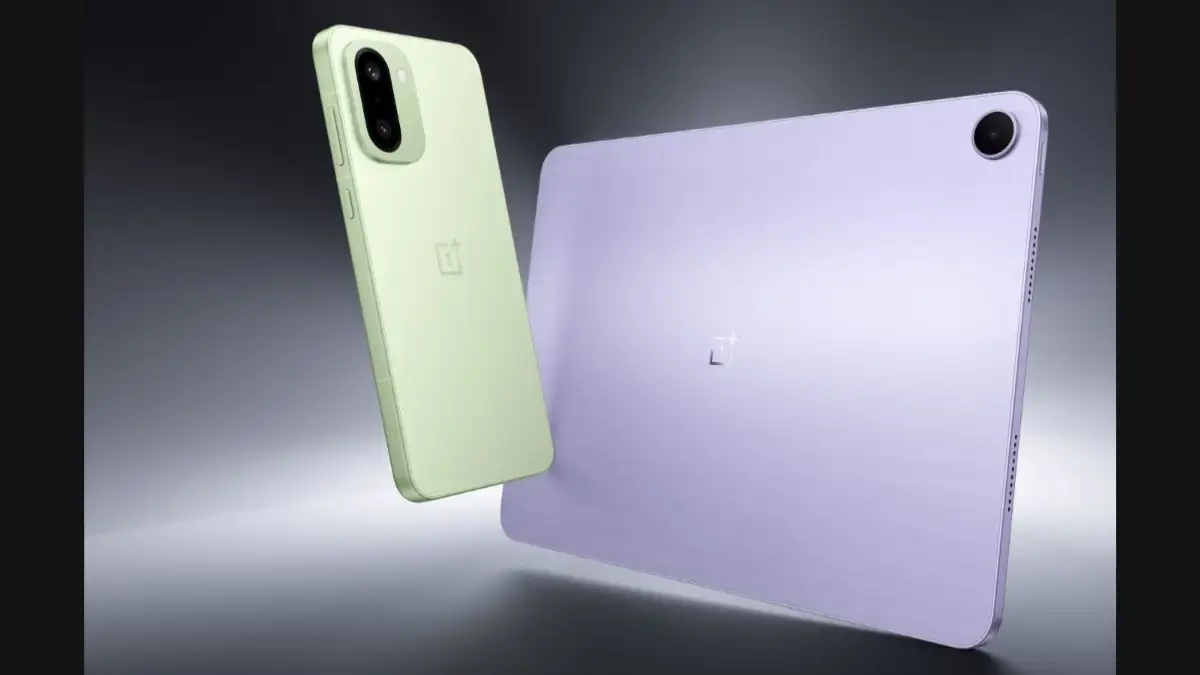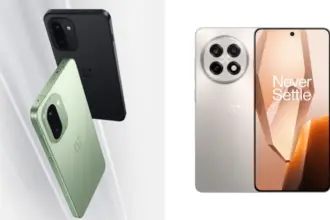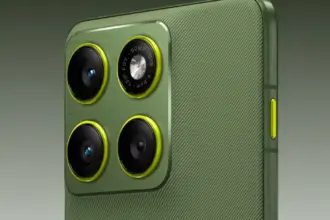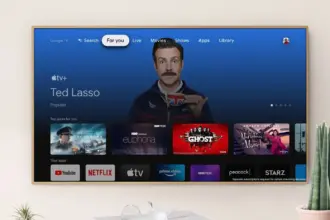Elon Musk’s SpaceX has received the Global Mobile Personal Communication by Satellite (GMPCS) license for its Starlink internet service in India. The Department of Telecommunications (DoT), under the Ministry of Communications, granted the approval, clearing a major regulatory hurdle. This permit allows Starlink to officially offer high-speed, satellite-based internet connectivity to consumers and businesses throughout the nation, including in areas with poor or no internet access.
Key Takeaways
- Starlink has secured the mandatory GMPCS license from India’s Department of Telecommunications.
- The company can now provide satellite internet services across all designated areas in India.
- This service is expected to bring internet to remote and rural locations where terrestrial broadband is unavailable.
- The entry of Starlink will introduce new competition in the Indian broadband market.
The journey for Starlink’s entry into India has been long. Back in 2021, the company began accepting pre-orders for its service but was stopped by Indian regulators for not having the required licenses. The government instructed Starlink to refund all pre-order fees to potential customers and halt any further bookings until it obtained the necessary permissions. After a lengthy application and review process, the company has now met the government’s requirements.
Starlink is a satellite internet constellation operated by SpaceX, another company founded by Elon Musk. It aims to provide global internet coverage using a large network of thousands of satellites in low-Earth orbit (LEO). This technology differs from traditional broadband, which relies on physical cables like fibre optics. For a user, the service works through a small satellite dish, or user terminal, that communicates directly with the satellites overhead. This setup provides high-speed internet with lower latency compared to older satellite internet technologies because the LEO satellites are much closer to Earth.
The service is particularly suited for India’s diverse geography, where laying fibre optic cables to every village, mountainous region, or remote coastal area is a difficult and expensive task. Starlink could provide a reliable internet connection to schools, hospitals, and local businesses in these underserved parts of the country. The standard Starlink kit includes the dish (nicknamed “Dishy”), a Wi-Fi router, a power supply, and cables. The company often quotes download speeds between 100 Mbps and 200 Mbps for its standard residential plan in other countries.
With this approval, Starlink will compete with services from established Indian telecom operators. Reliance Jio is developing its own satellite-based broadband service, Jio SpaceFiber. Similarly, Bharti Airtel holds a significant share in OneWeb, another LEO satellite internet provider. The presence of Starlink is expected to increase options for Indian consumers and may affect broadband pricing and service availability in hard-to-reach areas. Public discussions on social media show considerable interest, especially from individuals in rural areas who have long awaited a stable, fast internet connection.
Frequently Asked Questions (FAQs)
Q1. When can I order Starlink in India?
A1. Starlink has not announced an official launch date for its services or when it will start taking new orders in India. Receiving the GMPCS license is the first major step before commercial rollout.
Q2. How much will Starlink cost in India?
A2. Official Indian pricing has not been revealed. In 2021, the company took pre-orders for a refundable deposit of $99 (about ₹8,200). The final cost will include a one-time fee for the hardware kit and a monthly subscription charge.
Q3. How is Starlink different from JioFiber or Airtel Xstream Fiber?
A3. Starlink provides internet via satellites, making it available almost anywhere with a clear view of the sky. JioFiber and Airtel Xstream Fiber are terrestrial services that deliver internet through a physical network of fibre optic cables, which is often limited to urban and semi-urban areas.
Q4. What equipment is needed for a Starlink connection?
A4. To use Starlink, you need the Starlink Kit, which includes a satellite dish, a base for the dish, a Wi-Fi router, and the necessary power and connecting cables.
Q5. Is Starlink good for online gaming and video calls?
A5. Yes. Because Starlink uses low-Earth orbit satellites, it offers lower latency (the time it takes for data to travel) than traditional satellite internet. This makes it suitable for activities like online gaming, video conferencing, and streaming that require a quick and responsive connection.
